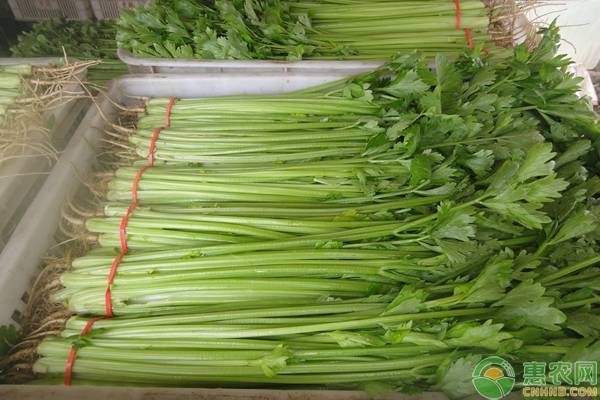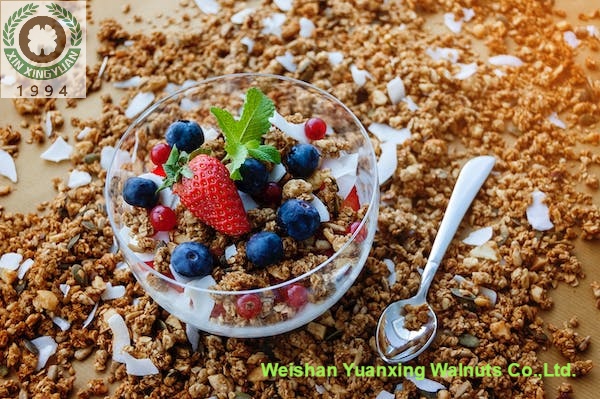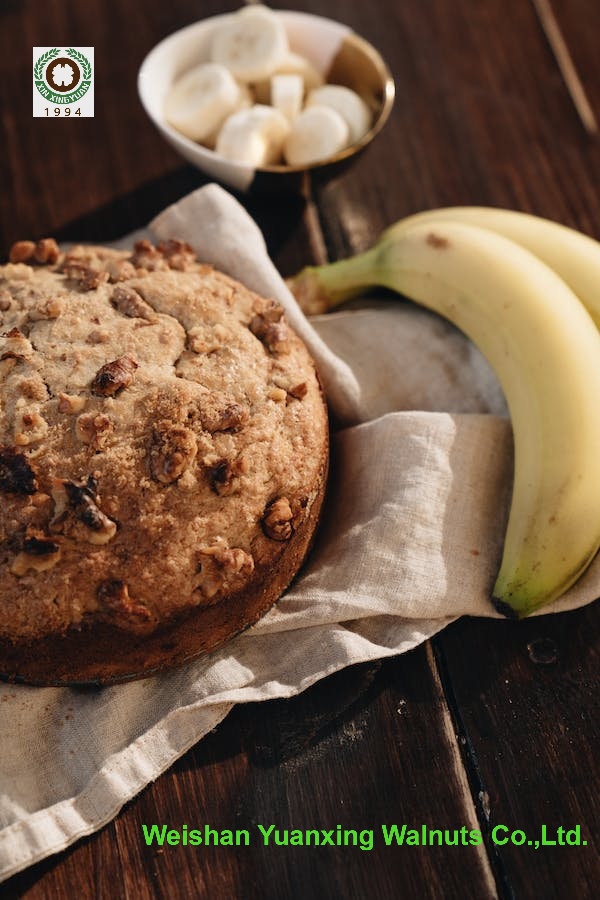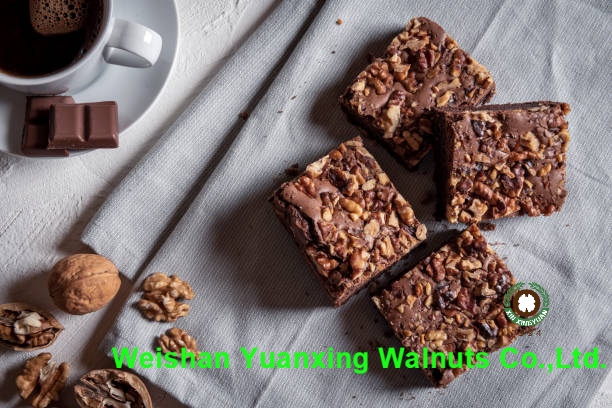How is the big leaf parsley? Big leaf parsley is one of the wild vegetables, the market demand is not bad, it is more suitable for family cultivation in the forest area. The big leaf celery is actually a mountain celery, and its edible part is a tender stem and leaf, which has good color and aroma, and has a good health care effect. Let's learn about the cultivation techniques of mountain celery and the cultivation techniques of pests and diseases.

1 Biological characteristics
1. 1 morphological characteristics
Euonymus is a perennial herb. The height is 30 to 120 cm, and the stem is branched from the base. Flowering period from June to August, fruit ripening period from August to October. Umbrella-shaped tidbits, white flowers. Double hanging fruit.
1. 2 Habitat
Large leaf celery grows on the slopes of 300-1500 m above sea level, forest edge, grassland, creek and other wet soil or fertile soil, often forming a piece. Widely distributed in China's northeast, Hebei, Shanxi, Hunan and other places, Russia's Far East and North Korea are also distributed.
2 Seed collection and processing
It is relatively easy to breed large leaves of parsley, generally using seeds and roots to breed. From August to September, the seeds enter the maturity stage, but the seeds are not mature enough and the harvesting is difficult. Therefore, when the seeds are changed from green to light red, the velvet mesh is used to make the pockets and the umbels are placed. After the seeds have matured, they are taken every two days until the seeds are completely shed. The seeds of the big leaf celery are not dry after harvesting. After drying, the seeds lose their germination ability. In addition, the seeds also have deep dormancy characteristics, which can be germinated after low temperature stratification. Therefore, after the seeds are harvested, they should be mixed evenly according to the volume ratio of seeds to Xiahe sand 1:3 ~ 5, and the relative humidity of the mixture of seeds and river sand is controlled at 60% ~ 65%, stacked in a cool place, often Flip, properly hydrating when dry. Before the soil is frozen, put the mixture of seeds and river sand into a woven bag, put it in one-half of the bag, tie it, flatten it, and spread it on the flat ground outside, first use about 5 cm of river sand. Cover the bag and cover it with 5 to 10 cm of soil to make a turtle shape.

Or dig a hole with a diameter of 40 cm in a flat open space, and pour 5-10 cm thick river sand at the bottom of the pit to level it to prevent water accumulation. Then put the mixture of seeds and river sand into the pit, cover it with a woven bag, cover the woven bag with a layer of 5 cm thick river sand, and cover it with 5 ~ 10 cm thick soil, and make it Turtle-shaped, in the late March or early April of the next year, when the soil temperature is stable above 10 °C, it is suitable for sowing. The mixture of the treated seed and the river sand is taken out, and the germination is carried out on the agricultural film placed in the plastic shed. From time to time, spray water and turn it, and when 50% of the seeds are cracked, they can be sown.
3 Land selection and site preparation
The forest land should try not to choose the sunny slope, and choose the land with fertile soil, loose and rich in humus-rich soil. In order to cultivate excellent seedlings, soils with good drainage and good humus should be selected or fully fermented and fermented with farmyard manure at 4 kg per square meter. Remove weeds before planting, retain certain shrubs, play a role in shading, and prevent pests and diseases. After planting the house without selecting a house, the fruit trees should be planted properly to have the effect of shading. The field cultivation requires soil modification and high bed (bed width 1. 0 m, bed height 20 cm, trail 30 cm, bed length Depending on the terrain), put on a shade net for shading.
4 sowing and transplanting
4. 1 Woodland sowing
The leaves under the forest are opened to expose the soil, and the seeds that have been germinated are taken out by the scorpion, and the seeds are sown, and the seeds are pressed into the soil with wooden boards, and the leaves are covered.
4. 2 bed broadcast
Remove the germinated seeds and spread them evenly on the high bed that has been prepared. Then press the seeds into the soil with wooden boards, then cover the leaves and put on the shade net [Jishan Huayao].
4. 3 transplanting
Large leaf parsley can be transplanted by roots throughout the year, leaving 2 to 3 buds when rooted, not rooted when planted, no roots.
5 Cultivation management
After sowing and transplanting, the leaves should be timely watered, and the soil should be kept moist, and weeding should be carried out in time. In addition to the early and in addition, when the seedling height is more than 3cm, the seedlings are planted, and the row spacing of the planting plants is 15-20cm. The seedlings should be transplanted in time, and the foliar fertilizer can be sprayed appropriately in the end of July to increase the roots.

6 pest control
The disease is mainly based on physical control, supplemented by chemical control. The physical control uses insect-repellent nets to block pests or yellow insects to kill pests or attractants with attractants.
6. 1 disease
The main disease of the big leaf celery is spot blotch, which occurs mostly in the rainy and rainy season, mainly affecting leaves and stems. In severe cases, the leaves become brown and dead. The method of prevention is to remove the old diseased leaves in time and fertilize the fermented farmyard manure in the late autumn.
6. 2 pests
The common pests of the big leaf parsley are aphids and red spiders. Try not to use pesticides, use insect nets, yellow sticky insect boards and biological traps for isolation and trapping.
7 harvesting
From April to June, the tender stems and leaves were collected and tied with a rope.
For the wonderful pictures and popular comments on the cultivation techniques of mountain celery, you may be interested in the following recommended contents. Welcome to read.
Light Color Pieces Walnuts Kernels



Light Color Pieces Walnuts Kernels,Walnut Kernels Light Quarters,Natural Walnut Kernels Light Amber,Walnut Kernels Light Amber
Weishan Yuanxing Walnuts Co.,Ltd. , https://www.walnutsxxy.com